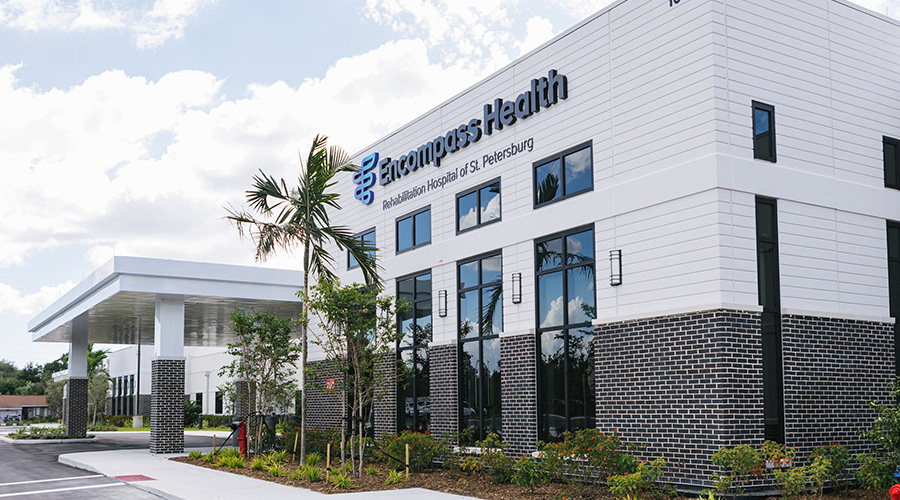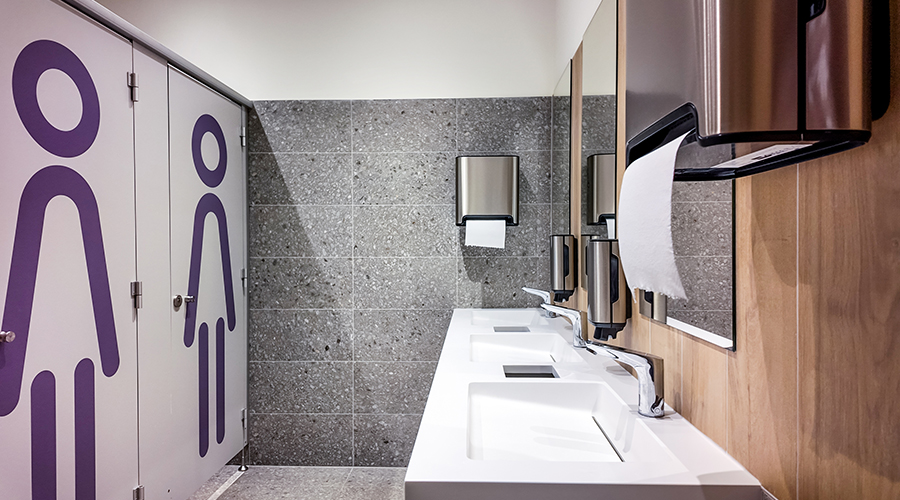Creating a palliative care unit within a hospital means redesigning an existing space or the creation of a new one. In either case, according to a recent article in Health Facilities Management Magazine, the physical environment - along with the medical personnel - will influence the success of the treatment.
Palliative care comes after the high activity of seeking a cure or reversing a disease. The care still continues, however, and can increase exponentially, accordion to the article. A palliative care plan will include symptom control and pain management as well as counseling.
For a PCU within the hospital a quiet space with natural lighting is preferable. Key component of effective palliative care room include:
• Natural light.
• Light fixtures, clocks and Internet access.
• Floor and ceiling finishes.
• Artwork.
• Televisions and stereo systems.
• Hospital-based electronic systems.
• Patient and family storage.
The goal for a PCU room is to create a homelike environment. The aesthetic should approach a spalike setting, according to the article. Colors and furnishings, as well as lighting and artwork should be chosen to offer a sense of calm and comfort for both patient and family.
Read the article.

 A 'Superbug' Is on the Rise in Hospitals
A 'Superbug' Is on the Rise in Hospitals The Next Generation of Security Tech in Healthcare Facilities
The Next Generation of Security Tech in Healthcare Facilities Encompass Health Rehabilitation Hospital of St. Petersburg Opens
Encompass Health Rehabilitation Hospital of St. Petersburg Opens Why More Facilities are Adding Gender Neutral Restrooms
Why More Facilities are Adding Gender Neutral Restrooms Massachusetts Hospital Cyberattack Reflects Growing Vulnerability in Healthcare Systems
Massachusetts Hospital Cyberattack Reflects Growing Vulnerability in Healthcare Systems